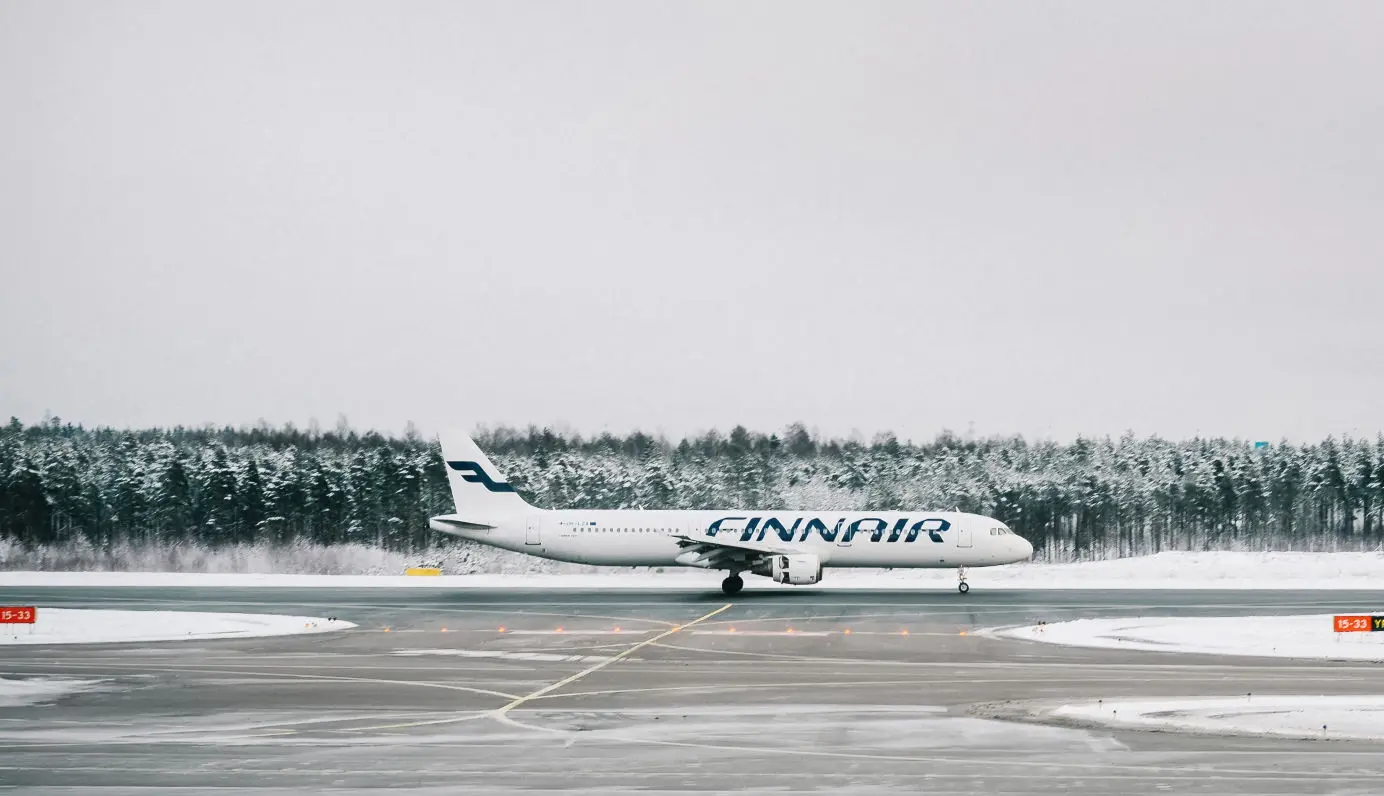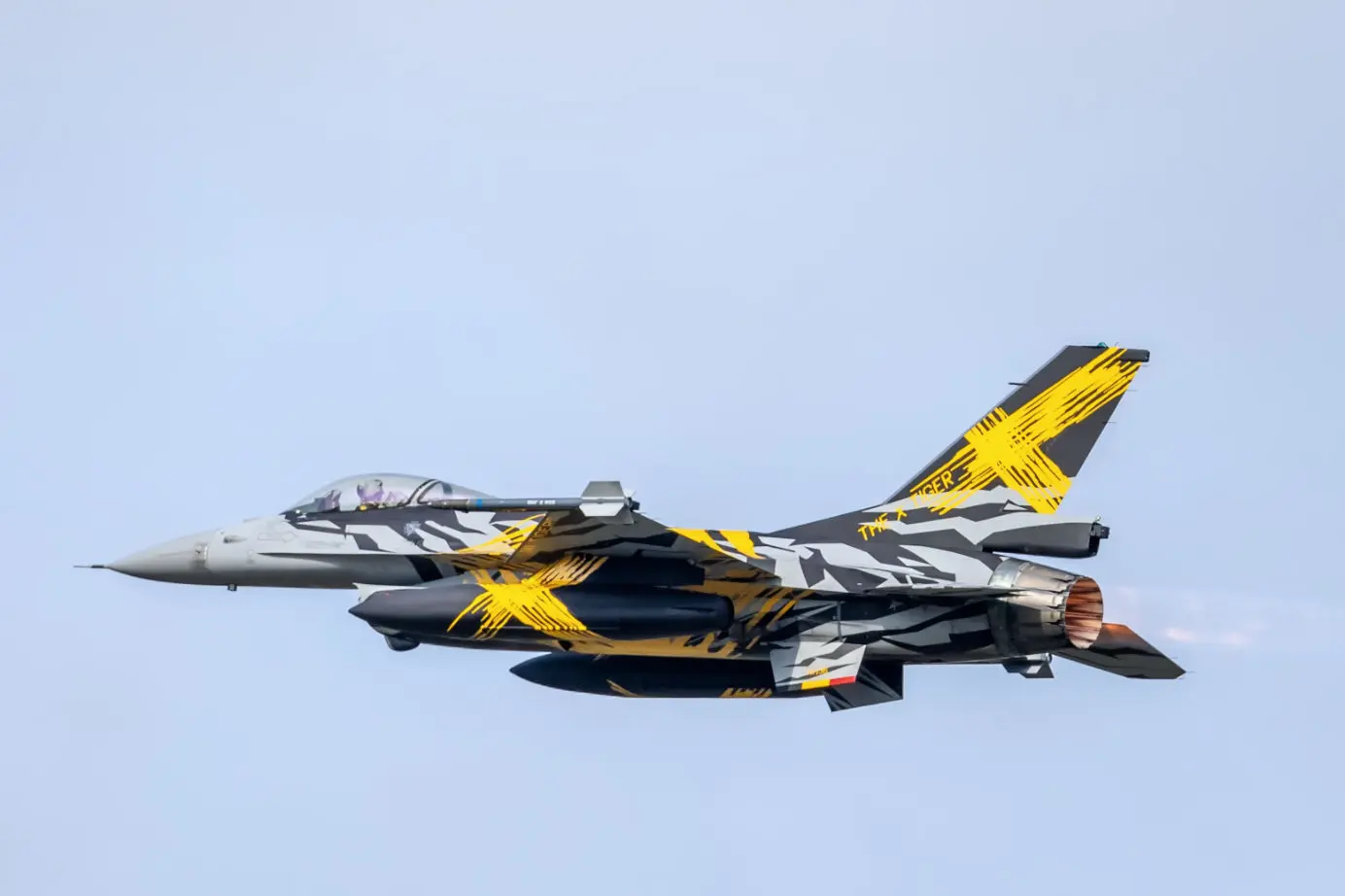
How Fast Is the F-16?
The F-16 Fighting Falcon is a high-performance fighter jet known for its speed and agility. Learn more about the top speed of the F-16 in this article.
Table of Contents
Breaking the sound barrier has been a long-standing dream of mankind, and the General Dynamics F-16 Fighting Falcon is one of the remarkable pieces of engineering that has made it a reality.
In this article, we will take a closer look at the incredible speed of the F-16 and the technology behind its high-speed capabilities. From its sleek design to its powerful engine, this well-known fighter jet has captured the imagination of aviation enthusiasts worldwide.
A Brief History of the F-16's Development
The F-16, also known as the "Fighting Falcon," has a rich history that dates back to the late 1960s. Developed by General Dynamics (and now manufactured by Lockheed Martin), the F-16 was designed to be a lightweight, highly maneuverable fighter jet capable of both air-to-air and air-to-ground missions.
The development of the F-16 began as a response to the need for a high-speed, high-maneuverable, and cost-effective replacement for the aging United States Air Force fighter fleet. The project was called the Lightweight Fighter program and aimed to create a multi-role aircraft that could excel in a wide range of combat scenarios while being affordable to produce and maintain.
The F-16 made its first official flight in 1974 (and an accidental first flight) and quickly gained recognition for its exceptional performance. Its advanced fly-by-wire control system and innovative, lightweight design allowed for precise handling and impressive agility.
Over the years, the F-16 has undergone numerous upgrades, and new variants have emerged, further enhancing its capabilities and ensuring its relevance in modern warfare. Today, it remains one of the most widely used and respected fighter jets in the world, with over 4,600 aircraft produced to date.
The Top Speed of the F-16
The F-16 has a top speed of approximately 1,353 mph (2,178 km/h) at 40,000 feet. That equals about Mach 2,05. These speed data are for the F-16C/D Block 50/52 variant, but other F-16 variants have similar top speeds.
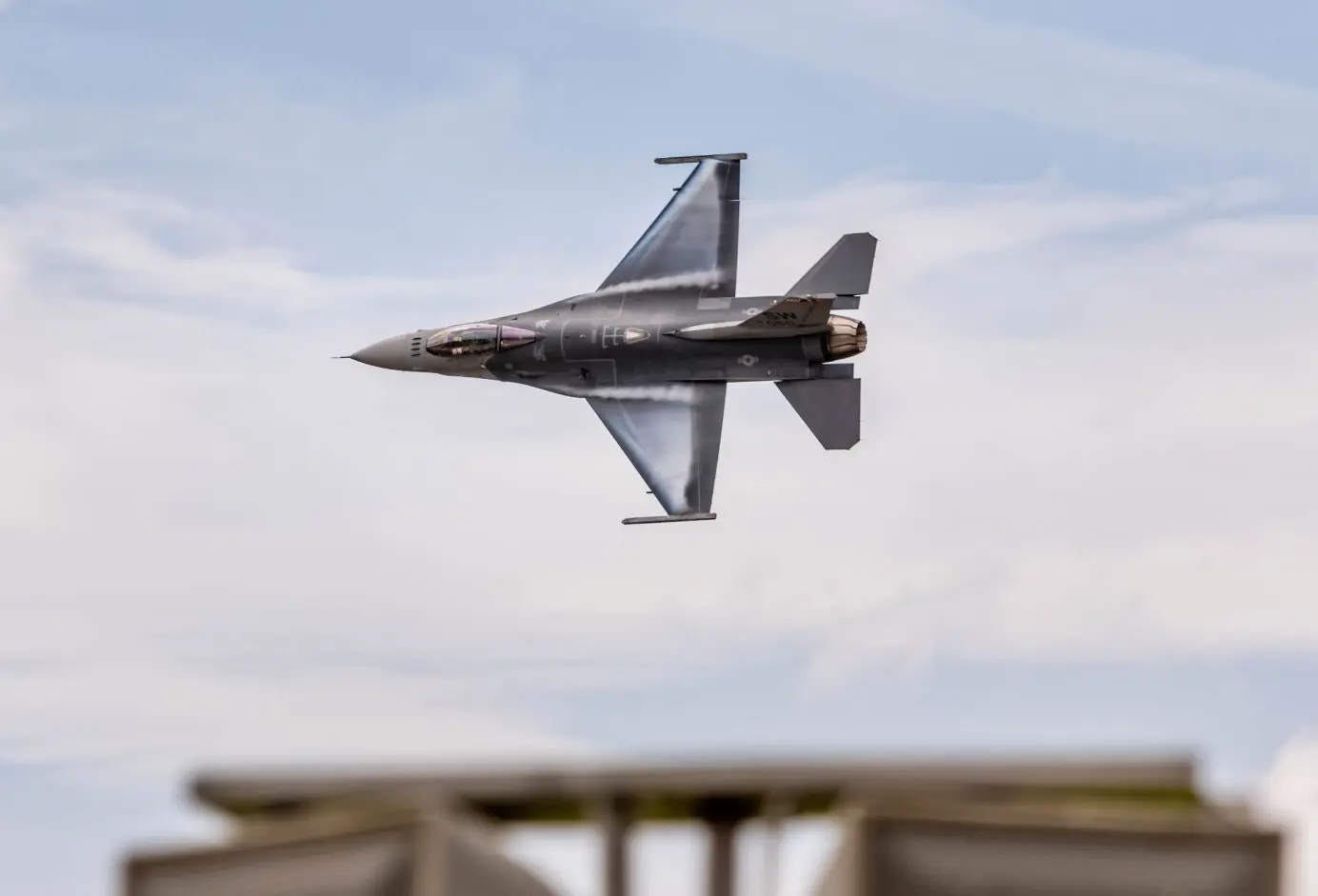
Understanding the Incredible Speed of the F-16
When it comes to speed, the F-16 is very capable. With a top speed of roughly 1,353 miles per hour (2,178 km/h), this fighter aircraft is skilled at traversing vast distances in a matter of minutes.
But what exactly makes the F-16 so fast?
Its aerodynamic design is one of the most important factors enabling the F-16's top speed. The F-16 features a sleek and streamlined fuselage that minimizes drag and allows for smooth airflow over the aircraft. In addition, the F-16 is equipped with a powerful General Electric F110 or Pratt & Whitney F100 afterburning turbofan jet engine that delivers up to 29,000 lbf (129 kN) of thrust.
Another crucial element in the F-16's speed capabilities is its lightweight construction. Most of the aircraft is made of aluminum, reducing its overall weight and improving its thrust-to-weight ratio. The sleek, light construction and its powerful F110 engine allow the F-16 to accelerate rapidly and maintain high speeds even in challenging conditions.
Breaking the Sound Barrier: How the F-16 Achieves Supersonic Speeds
Breaking the sound barrier has fascinated aviation enthusiasts for decades. The F-16 Fighting Falcon is one of the aircraft that can fly supersonic, surpassing the speed of sound.
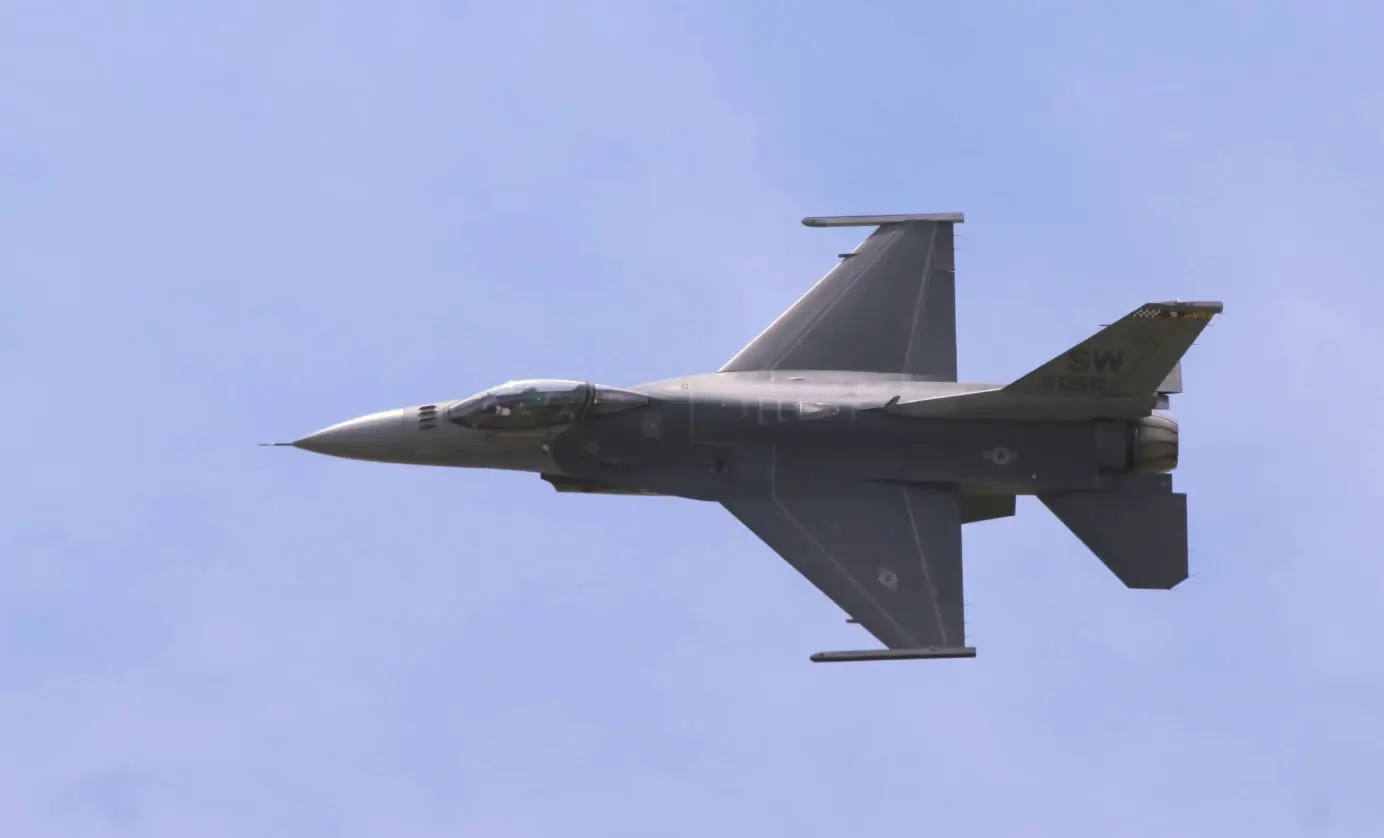
To understand how the F-16 achieves supersonic speeds, we must first examine the concept of the sound barrier. The sound barrier, also known as Mach 1, is the point at which an aircraft reaches the speed of sound (approximately 767 miles per hour / 1,235 km/h at sea level at 20 °C / 68 °F). As an aircraft approaches this speed, it encounters a sharp increase in drag and aerodynamic forces that it needs to overcome to continue its acceleration.
The F-16 overcomes these challenges through a combination of aerodynamics and engine power, as mentioned above. Its carefully designed airframe and advanced engine technology allow it to push through the sound barrier with relative ease. The aircraft's powerful engine provides the necessary thrust to overcome the increased drag, while its aerodynamic design minimizes the effects of shockwaves and turbulence at supersonic speeds.
The Impact of Speed on F-16 Performance and Maneuverability
On the F-16, speed is not for amusing the pilot and aviation enthusiasts; it also has a significant impact on the performance and maneuverability of the fighter jet. Its ability to reach high speeds allows the F-16 to quickly cover large distances, which is useful in combat scenarios.
Flying faster shortens the time it takes to intercept enemy threats or get to a battlespace quicker - essential in air dominance situations. Modern fighters like the F-22 Raptor are specifically developed for these tasks. Speed is also critical for executing rapid maneuvers and engaging in dogfights with enemy aircraft. Advanced fly-by-wire control systems further enhance its maneuverability and provide precise control. An agile fighter jet like the F-16 needs speed to perform these swift maneuvers.
However, it is worth noting that while speed is crucial, it is not the sole determinant of an aircraft's performance. Factors like altitude capabilities, all-weather operation, good range, and diverse armament all play a role in determining the effectiveness of the F-16 Fighting Falcon.
Nonetheless, the F-16's impressive speed capabilities undoubtedly contribute to its overall performance and combat effectiveness.
The Role of Engine Power in the F-16's Speed Capabilities
Regarding speed, the engine is a critical component of any aircraft, and the F-16 is no exception. The plane has a powerful engine that provides the necessary thrust to propel it to supersonic speeds.
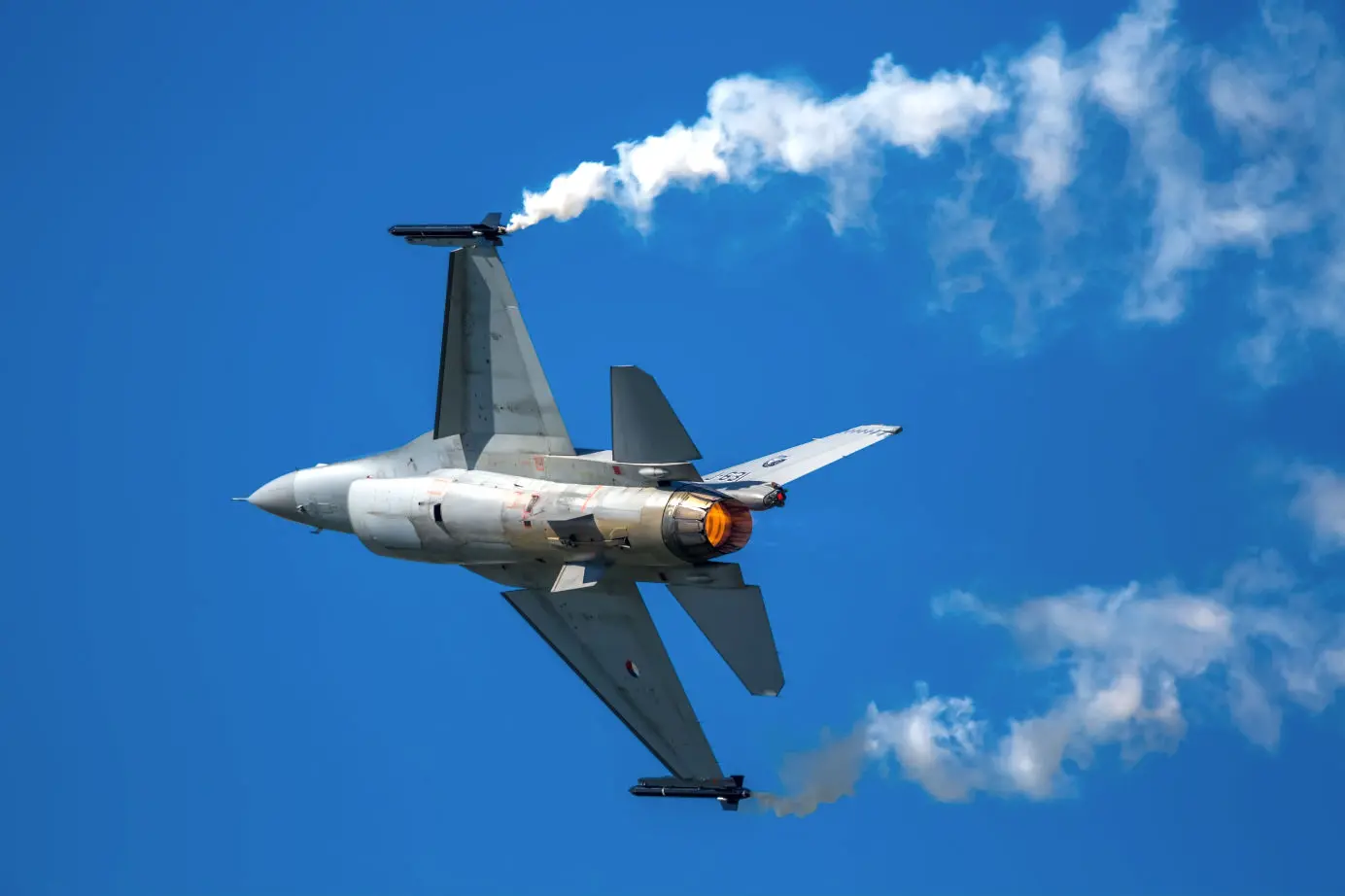
The F-16 is powered by a single Pratt & Whitney F100 or General Electric F110 turbofan engine, both renowned for their reliability and performance. These engines generate an impressive amount of thrust (up to 29,000 lbf /129 kN of thrust when using the afterburner), allowing the F-16 to accelerate rapidly and maintain high speeds.
In addition to power, the engine's design and technology also contribute to the F-16's speed capabilities. Features like the afterburner and variable exhaust nozzles allow for increased thrust and efficiency, enabling the aircraft to achieve and sustain supersonic speeds.
Conclusion: The F-16's Legacy As a Speed Demon in the Skies
At 40,000 feet, the F-16 can reach a top speed of roughly 1,353 mph (2,178 km/h). That is around Mach 2,05. These data are for the F-16C/D Block 50/52 variant.
The F-16 Fighting Falcon has left an indelible mark on high-speed aviation. Its incredible speed and maneuverability have made it a force to be reckoned with in air-to-air and air-to-ground missions. From its sleek design to its powerful engine and lightweight construction, every aspect of the F-16 has been meticulously engineered to maximize its speed and performance.
So, the next time you hear the thunderous roar of an F-16 streaking across the sky, take a moment to appreciate the incredible speed and technology that allow this aircraft to soar through the skies. The F-16 truly is a speed demon, a testament to the ingenuity and skill of the engineers and pilots who have made breaking the sound barrier a thrilling reality.
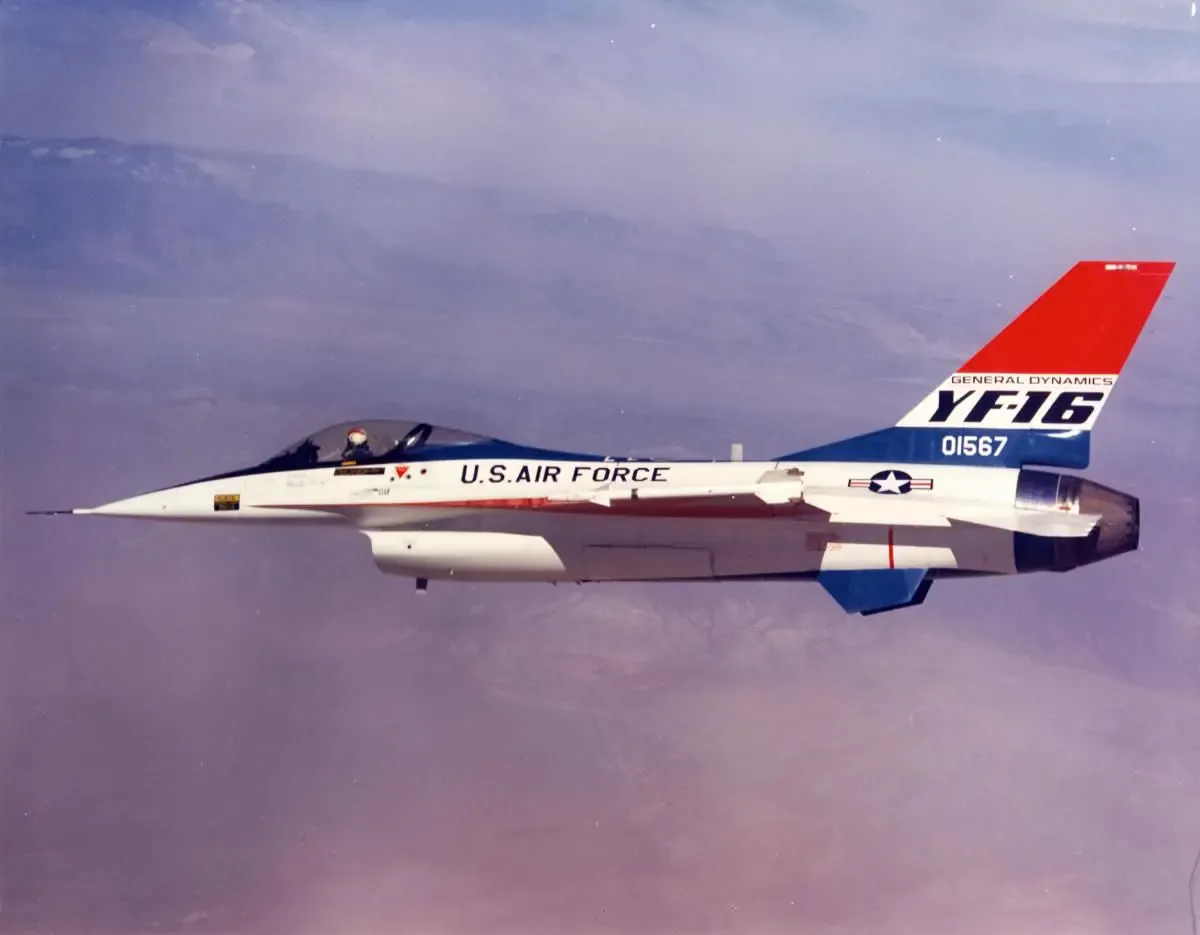

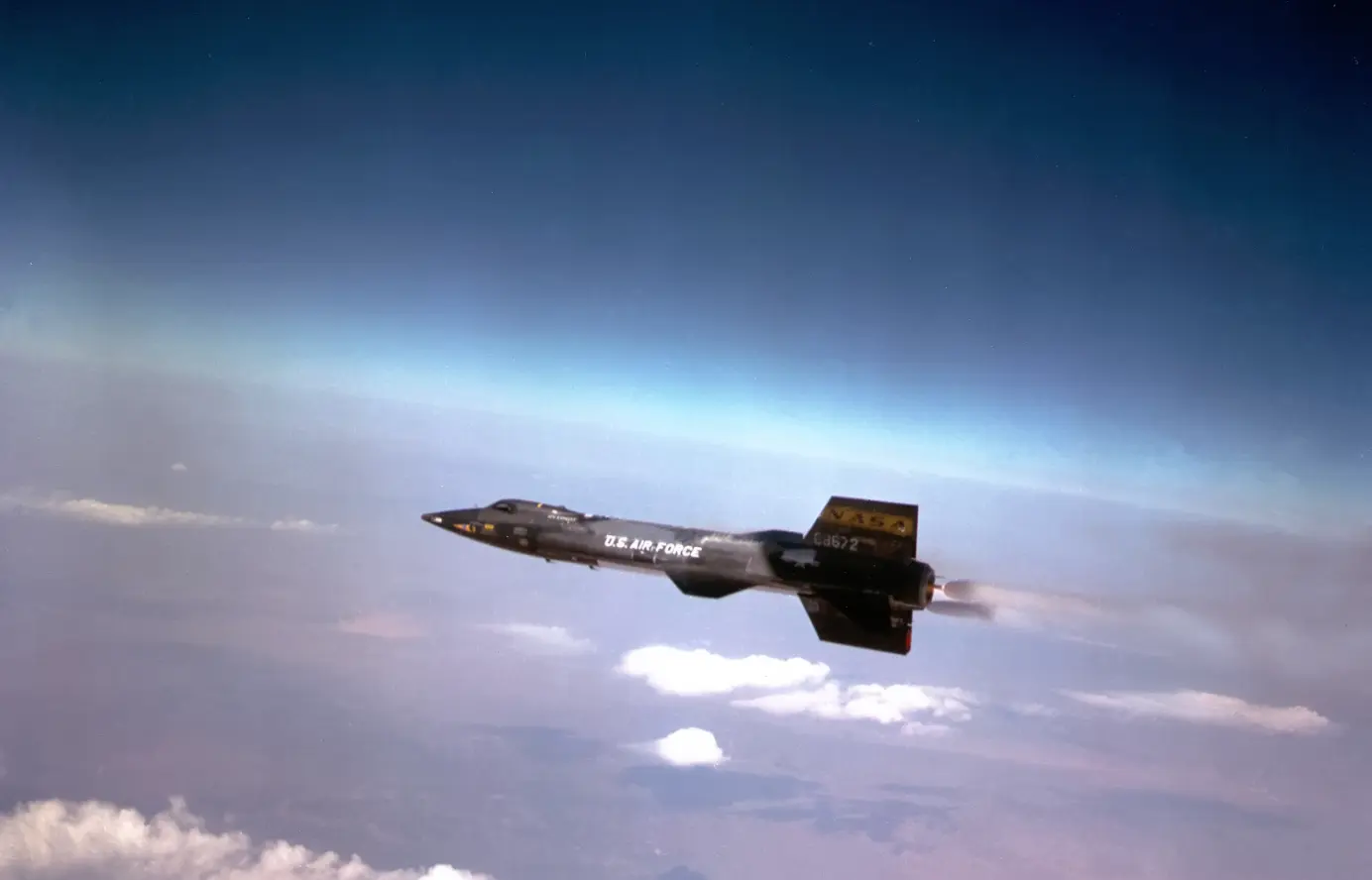
Planenerd Newsletter
Join the newsletter to receive the latest updates in your inbox.



